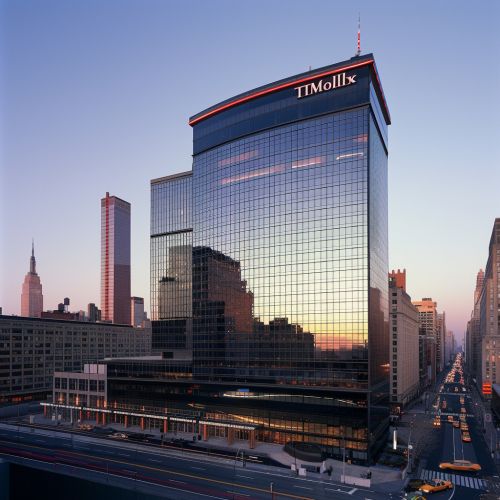Time Warner
History
Time Warner, known today as WarnerMedia, is an American multinational mass media and entertainment conglomerate corporation. It was originally formed in 1990 through the merger of Time Inc. and Warner Communications. The company has undergone several name changes and restructuring over the years, reflecting its evolution and the changing landscape of the media industry.
The history of Time Warner can be traced back to the early 20th century, with the founding of Time Inc. by Henry Luce and Briton Hadden in 1923. Time Inc. quickly established itself as a leading publisher of magazines, including the flagship publication, Time, and later expanded into television and film production.
Warner Communications, on the other hand, was formed in 1972 when Kinney National Company spun off its non-entertainment assets. Warner Communications included Warner Bros. Pictures and a host of record labels, including Warner Bros. Records, Atlantic Records, and Elektra Records.
The merger of Time Inc. and Warner Communications in 1990 created one of the world's largest media companies. The combined company, initially known as Time Warner, boasted a vast portfolio of assets across various media sectors, including publishing, film and television production, music recording, cable television, and more.


Subsequent Acquisitions and Mergers
In the years following the merger, Time Warner embarked on a series of acquisitions and mergers to further expand its media empire. In 1996, it acquired Turner Broadcasting System, adding CNN, TNT, and TBS to its portfolio. This acquisition also marked the beginning of Time Warner's foray into the emerging field of digital media.
In 2000, Time Warner entered into a historic merger with America Online (AOL), creating AOL Time Warner. This merger, valued at $165 billion, was the largest corporate merger at the time. The merger was intended to create a powerful synergy between AOL's Internet services and Time Warner's content creation capabilities. However, the merger proved to be problematic and was largely considered a failure due to cultural clashes, the dot-com bubble burst, and AOL's declining dial-up Internet business.
In 2003, the company dropped AOL from its name, reverting to Time Warner Inc. In 2009, Time Warner spun off AOL as a separate public company.
In 2018, telecommunications giant AT&T acquired Time Warner for $85 billion, despite initial opposition from the U.S. Department of Justice. Following the acquisition, Time Warner was renamed WarnerMedia.
Divisions and Products
Time Warner, and now WarnerMedia, operates through various divisions, each responsible for different aspects of the company's media and entertainment products.
Warner Bros.
Warner Bros. Entertainment Inc. is a key division of WarnerMedia, responsible for the production and distribution of film, television, and music entertainment. It is one of the "Big Five" major American film studios and includes several subsidiary companies, such as Warner Bros. Pictures, Warner Bros. Television, and Warner Bros. Interactive Entertainment.
Turner Broadcasting System
The Turner Broadcasting System division encompasses a range of cable television networks and digital properties. Key networks include CNN, a leading source of global news; TBS and TNT, popular for their original programming and sports content; and Cartoon Network, a leader in children's entertainment.
Home Box Office (HBO)
Home Box Office (HBO) is a premium television network known for its original programming, including critically acclaimed series like "Game of Thrones," "The Sopranos," and "Westworld." HBO also offers streaming services through HBO Go and HBO Now.
Impact and Influence
Time Warner has had a significant impact on the media and entertainment industry. Its various divisions and subsidiaries have produced some of the most iconic and influential content in film, television, and music. The company's influence extends beyond content creation to shaping industry trends and standards.
Time Warner's merger with AOL, despite its ultimate failure, signaled a pivotal moment in the convergence of traditional media and the Internet. It underscored the growing importance of digital technology in content distribution, a trend that continues to shape the industry today.
The acquisition of Time Warner by AT&T represents another significant shift, reflecting the increasing convergence of media and telecommunications. This trend towards consolidation and convergence is reshaping the media landscape, as companies seek to control both content creation and distribution channels.
